It seems like every other roaster is offering an ultra-light roast these days. You might recognize them by the “Sold Out” status as you try and add it to cart. Jokes aside, ultra-lights can be delicious and interesting coffees, so I wanted to break the topic down for the ultra-light-curious.
Disclaimer: I am not a roaster, Q grader, or an expert. You might find my post as useful as this website’s namesake. But my aim is to share my experiences and to engage in the coffee community. Hopefully you find the discussion interesting.
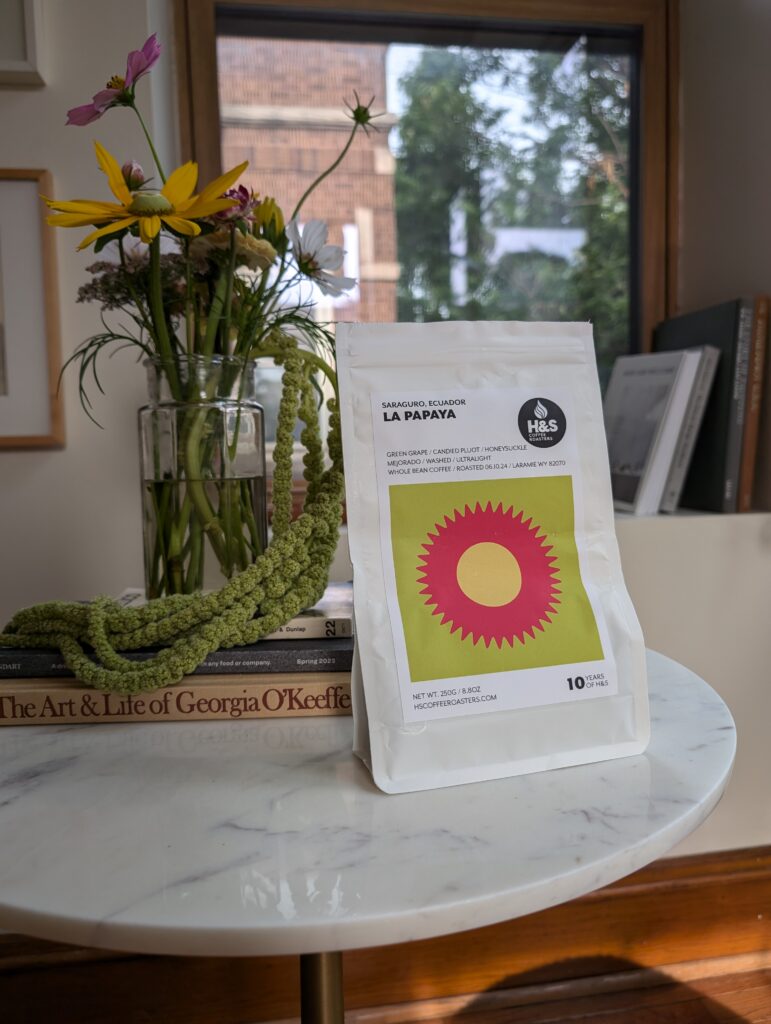
are we talking ultra or extra?
On the surface, ultra-Lights, sometimes called Extra-lights, Hyperlights, or “oops too light”, are self-explanatory. It’s basically just less developed coffee; the beans aren’t roasted “as much” (please don’t cringe too hard, people who actually understand roasting).
But a deeper understanding is a bit more complicated, because like almost everything in the coffee world, there’s no official definition. It’s just coffee that is lighter than what a light-roast roaster normally offers.
Some examples are H&S, September, and The Picky Chemist. There are also roasters who could probably be considered as offering ultra-lights, like Moodtrap, Minmax, and Aviary but they don’t use the nomenclature.
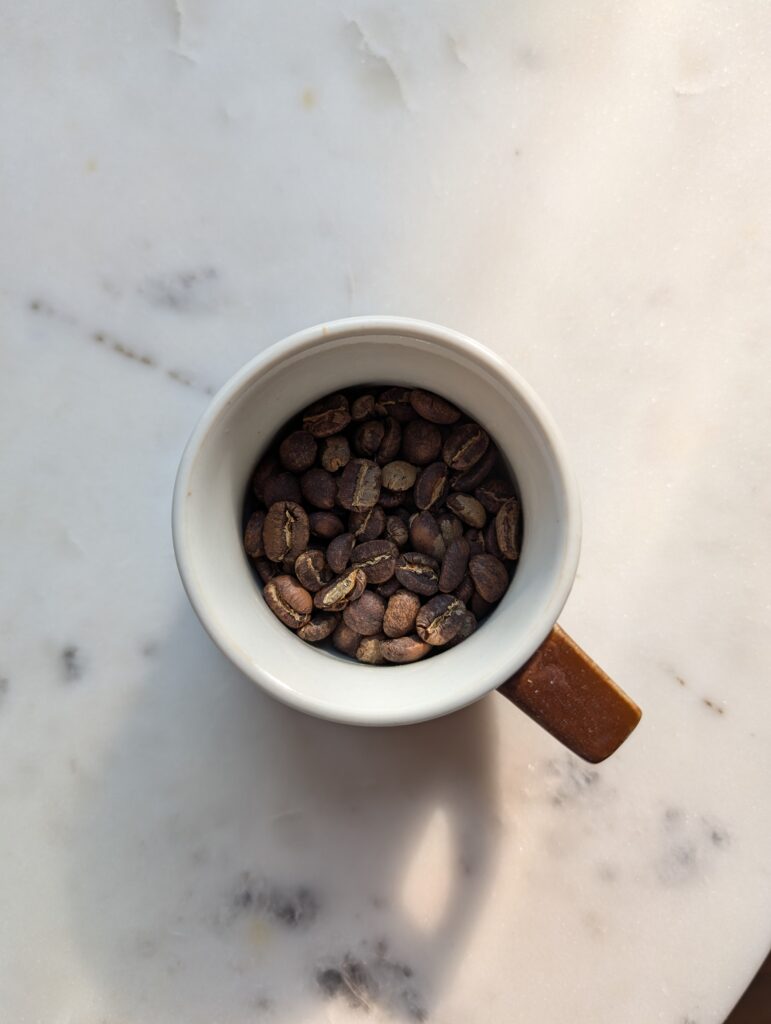
I can really taste the ultra-light terroir in this
In terms of flavor, it really depends on the green coffee and the approach the roaster takes. Not to mention the actual roasting machine.
Very very generally speaking, these coffees are often more floral, lighter bodied, and delicate compared to more developed roasts. But that’s by no mean a universal rule. An ultra-light Mejorado I had was one of the most acidic coffees I’ve every tried.
Ultra-light isn’t a flavor, it’s a style of presentation; there’s a big range between coffees. But, like I said, I’m not a roaster. So let’s see what some have to say on the topic.
September says it’s extra-lights, “sacrifice sweetness and initial intensity for clarity” and are “recommend for experienced brewers willing to wait 45+ days of rest after the roast date for best results.” Which I find a helpful disclaimer for customers.
The Picky Chemist recently wrote up an interesting Instagram post, announcing a change from “filter” roast to “ultra-light”. I don’t think he’s roasting any lighter, so it’s interesting to see this change as more of a branding exercise. But he goes on to describe his ultra-lights as “delicate and challenging”, highlighting the “fruity-floral notes”. And he says the ultra-light roast, “requires more attention to prepare”. The post also says that his ultra-lights, “give up some acidity and juiciness for a more delicate nuanced cup”. Obviously this shouldn’t be applied to every ultra-light from every roaster, but it does help guide your selection based on taste preferences.
Importantly, he highlights the strengths of both roasting styles.
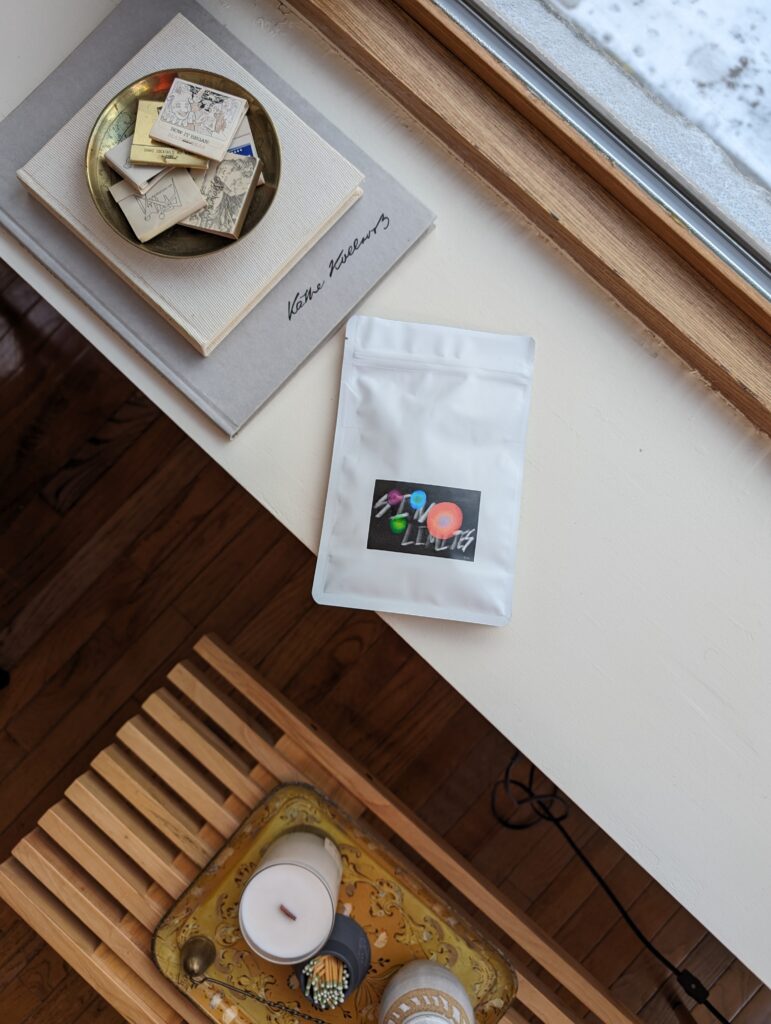
“ultra-light? shut up and take my money!”
If you’ve tried to buy an UL, you might have noticed that these coffees sell out super fast. It’s basically a meme at this point.
I think the main reason for this is that roasters release a limited amount compared to the other roasts levels. It’s micro-roasteries catering to a niche market, that buys up stock quickly. Don’t get too frustrated or annoyed at “hype drops” selling out. There’s always another delicious coffee around the corner.
So, that’s all very interesting but should you actually buy this? Is it worth the $30+ these coffees typically cost?
Yes. Maybe? No. It depends on your tastes!
If you’re a self proclaimed light-roast enjoyer, I think you should try it. Pick up an ultra light coffee with tasting notes that align with your preferences. That will be a nice example of a different presentation for a coffee you already enjoy.
The other reason to try it is simply for the sake of experimenting. Part of the joy of home brewing is trying new things, even if you don’t revisit them.
Ultra-lights are not automatically better for every coffee but they can be very delicious.
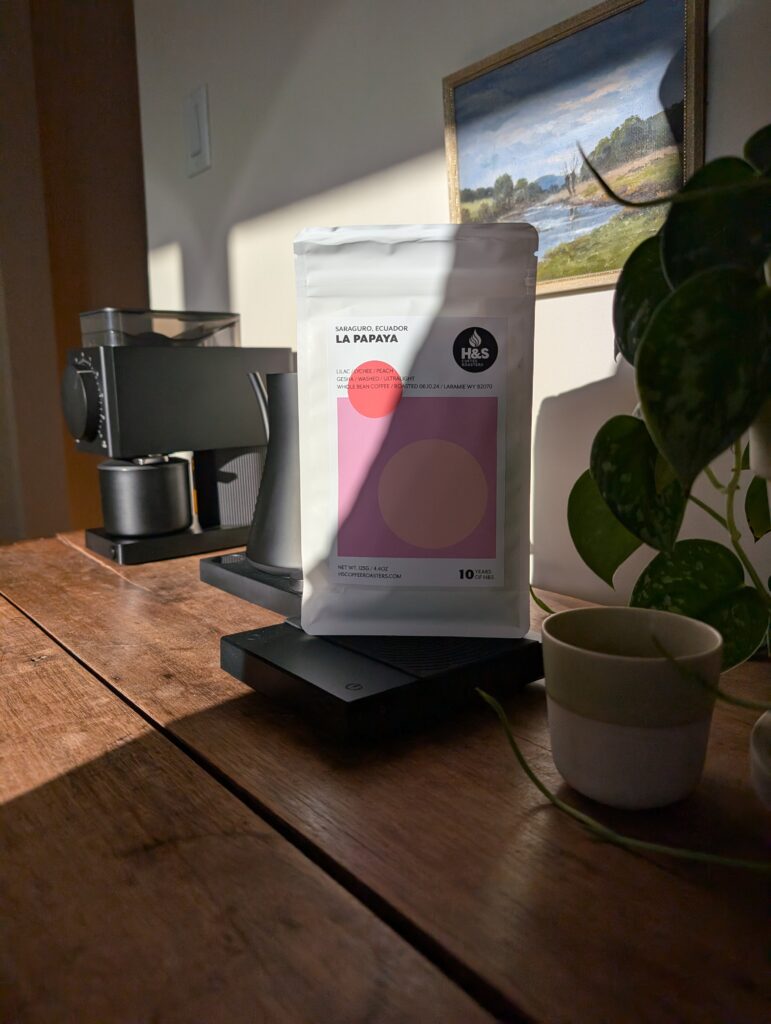
it only took me 240 grams to dial in
Okay, now that you’ve got an ultra-light on the way, how should you brew it to get the best results?
People often complain about light roasts (not even ultra-light) being difficult to brew, but I don’t actually think it’s so hard. You just need to approach these coffees differently, and be ready to change up your normal brewing style. Basically, you shouldn’t brew your local roaster’s House Blend the same as an ultra-light from The Picky Chemist.
The first thing to know is that these coffees need rest. The lighter a coffee is (in most cases) the more time it needs to “open up” its flavors. When these coffees are brewed too early you may taste peanuts, popcorn, graham cracker, or nearly no flavor at all.
These coffees last incredibly long on the shelf, tasting great 60+ days off roast, so you usually don’t have to worry about staling. But you’ll save yourself a lot of frustration if you wait at least 28 days to brew (although, there are hacks to brewing fresh coffee early if you’re impatient).
And with any coffee, it will stale faster if you’re opening the bag and increasing the headspace. Just leave that C02 and or nitrogen pillow alone.
All of the ultra-light roasters I can think of give resting recommendations, from 25 to 45+ days. Listen to them. If you brew it at 28 days and feel like the coffee isn’t giving as much as it could, set it aside.
time to brew
Now that it’s time to brew, approach these coffees knowing that they often need a higher extraction. Essentially, it will take more “work” to get the good stuff out. Great ultra-lights have no roast flavor in sight, so you can push extraction more than usual without getting unpleasant flavors.
How you increase extraction is up to you but a few options are: increasing contact time, using more kettle pours, hotter water, a finer grind, or a higher ratio.
One approach isn’t really better than another, but each tweak changes the style of brew (for example, a higher ratio will also lessen the body of the coffee). So, you really need to experiment and find what works for your taste and your grinder.
But keep in mind that “boosting extraction” might not be your preferred presentation of the coffee. You might enjoy an ultra-light at a 1:16 ratio instead of a 1:18.
A note on over extraction: I actually find this to be more confusing to diagnose than under extraction. With ultra-lights, you don’t usually get “bitterness” the way you would with a medium or dark roast. In my experience the over extracted cups end up tasting muted, hollow, or metallic. Whereas the under extracted cups taste weak or subtle.
In terms of water, I’ve generally found softer is better for ultra-lights but this really depends on the coffee and your burrs.
Cupping is always a good practice to understand a coffees potential separate from brew method. If you cup an ultra-light, you should grind finer and consider agitating a bit more than usual.
And if you’re brewing espresso, I really recommend trying a high-ratio turbo shot. Like 1:3+ in under 15 seconds.
Once you get a recipe down you’ll be sad to see the bottom of the bag.
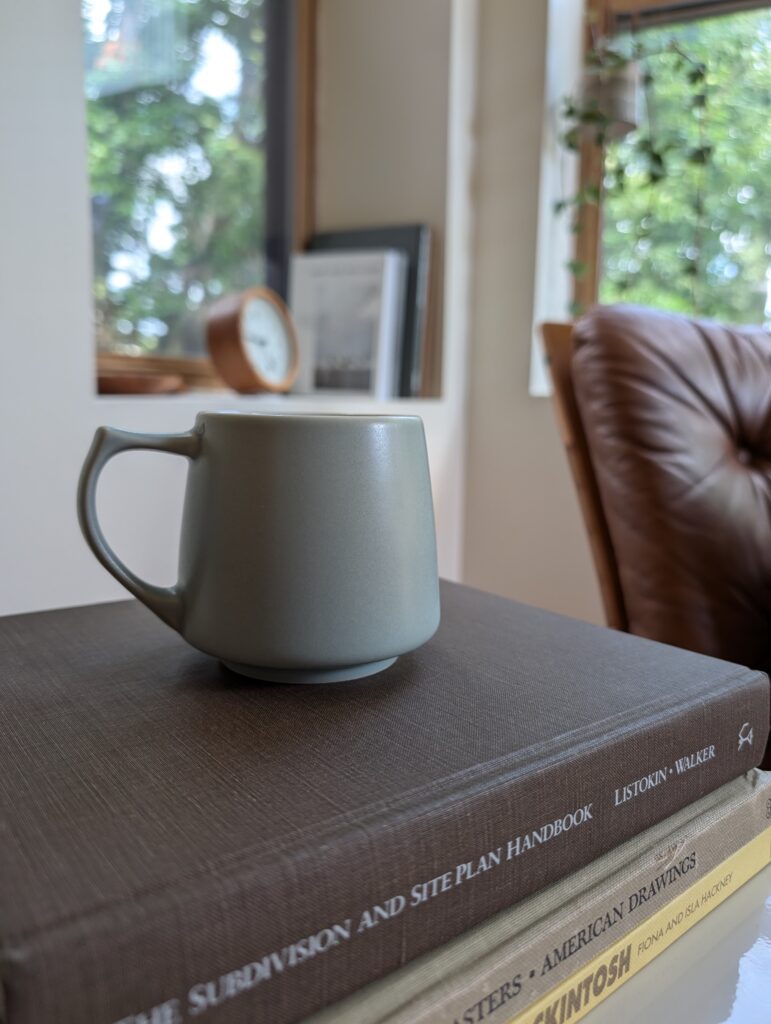
a note on gate keeping
Hopefully that provided some helpful context on ultra-lights, I think they’re a fun and delicious option for coffee enthusiast. Now, if you’ll indulge me, a little rant.
Let’s not let ultra-lights be the next gate keeping occasion in home coffee.
Roast level nomenclature, like “light” or “medium”, is defined introspectively by roaster and consumer.
Many specialty roasters say they roast “light” but they’re probably much different compared to Mood Trap or The Picky Chemist. What I consider light or medium is different from you.
And your coffee isn’t better than someone else’s just because you say it’s lighter.
You might see the Agtron number, a machine that uses infrared light to measure roast level, noted on a coffee’s description. But it’s not that useful for consumers because you can’t really compare one roaster’s listed color number to another.
Even this objective measurement is heavily caveated by how the coffee was ground and the way the measurement was taken. Plus, it’s not a taste descriptor. Two coffees at 110 Agtron won’t taste the same. I also think it’s a bit outdated; you often see articles stating that 70 and above is “light roast” but that’s a huge range. 72 is a lot different from 132.
Because these terms are so subjective, I think It’s silly to say, “X roaster isn’t light, they’re American-light, or medium-light, or Nordic, etc.” That is a totally arbitrary nomenclature. And many roasters offer a range of development, so putting them into one box isn’t very helpful.
Ultimately, I don’t think we need this much arbitrary subdivision. While writing this post, I noticed Onyx lists some coffees as “light” and some as “expressive light”. Which like, why? Are you saying your normal light roasts aren’t expressive?
I will concede that on one level it’s helpful within a roaster’s offering, so that a customer can pick something relatively lighter or darker. It would be a bummer if you wanted the lightest option available and ordered the espresso roast (another arbitrary name that usually means a more developed coffee).
But my point is, one brewer’s “medium” is another’s “dark roast”. So, correcting someone and saying, “They’re not light” isn’t helpful. I think it’s better to frame it as, “They roast darker than I prefer”.
if it’s not my preference, it’s undrinkable
I’m a staunch light-roast enjoyer, but I kind of hate the group I’m apart of at times. I think we spend the most money but enjoy our coffee the least. People online are so quick to call out “brown, coal, baked, roasty, X roaster is bad now, etc.”
I think we should recognize that X roaster might just be catering to a different customer. And that’s okay.
Some light roast drinkers look at people who order Onyx or Black & White like they have the wool pulled over their eyes. Maybe they just enjoy the coffee. For a lot of people, coffee roast level is not mutually exclusive with coffee enjoyment. It’s like when someone says “X origin is bad now”. It’s an unhelpful overgeneralization.
Of course, this doesn’t mean roasters can’t release a bad or lower quality coffee. I do think it’s helpful to be honest when you don’t like a coffee. It’s lonely when you think you’re the only one not enjoying a release from a popular roaster like Sey.
The best roasters can sell a coffee that doesn’t meet your expectations. Or maybe your tastes have changed and you don’t enjoy that style of coffee anymore. Its disappointing but its a natural part of the hobby and coffee in some ways.
do you define your hobby by what you enjoy or what you dislike?
Enthusiast home brewing is still such a new realm; many people are just getting into the hobby, which is great. They’re trying different stuff and discovering their tastes, we shouldn’t shoehorn everyone into wanting exclusively ultra-lights from a handful of micro roasters. If they did, these coffees would sell out even faster :p.
I encourage trying a wide range of coffees and experimenting to find your personal taste preferences, but also to challenge those biases. Our palettes shift and change over time and it’s a valuable experience to try something outside of your comfort zone.
This is how I describe my personal taste preference: I prefer clean, light roasts, with no detectable burnt flavors. My favorite cups are ones that offer complexity, with a mix of acidity and sweetness. I don’t usually love heavy floral notes and I don’t care if the body is light or heavy.
That’s my taste, now go find your own. Be proud of it but don’t use your taste to gatekeep others
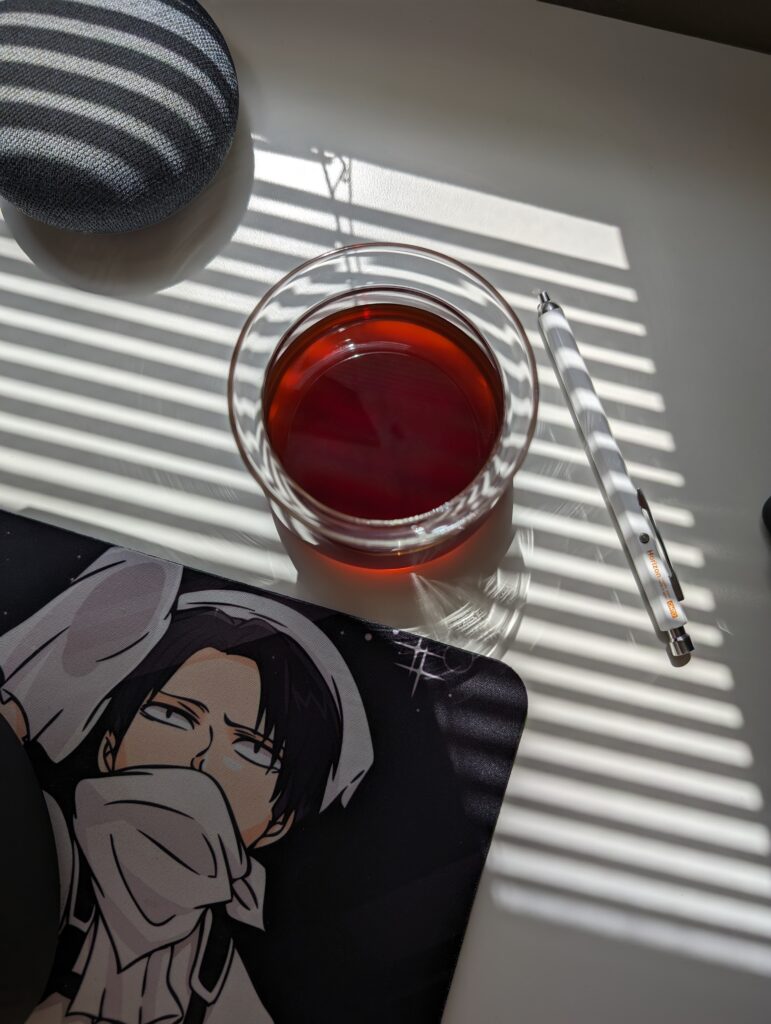
I just bought an H&S and ignorantly was like “ooh it’s so freshly roasted, that means it’s best to go for it immediately” made a cup with my aeropress, and came away very unimpressed but also acknowledge that i have very little background knowledge. This is my first whole bean coffee i’ve bought in…years? So yeah
Do you have any aeropress specific brewing tips or does it still come down to playing with the variables around extraction?
Thank you for the informative post!
Congrats on getting back into whole bean! H&S is great but it does usually taste better with 3-4 weeks of rest. I haven’t brewed with the AeroPress, although it should be pretty forgiving and able to reach high extractions. Check out Lance Hedrick’s recent video on it.